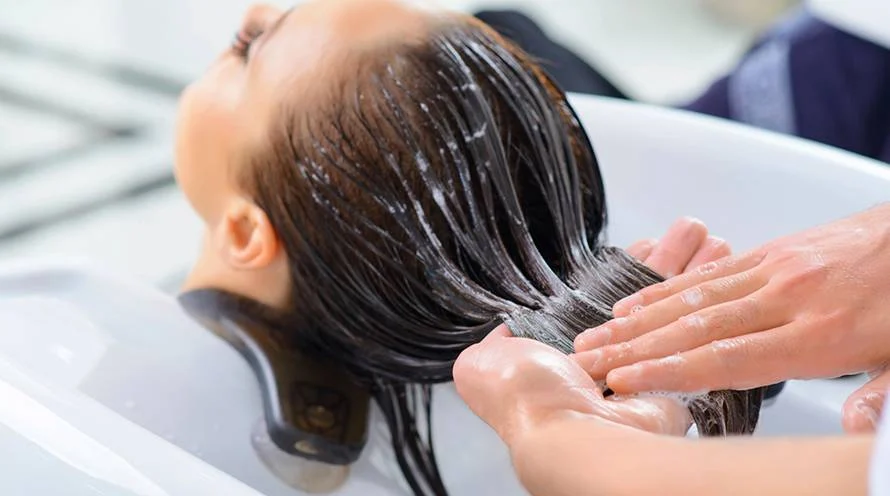Hair masks and treatments have become essential components of modern haircare routines, offering deep nourishment and repair for a wide range of hair concerns. Whether you’re dealing with dryness, damage, or seeking to enhance your hair’s overall health and appearance, these products can provide significant benefits. In this guide, we’ll explore the world of hair masks and treatments, their benefits, and how to choose the right one for your hair needs.
What Are Hair Masks and Treatments?
Hair masks and treatments are intensive conditioning products designed to address specific hair concerns. Unlike regular conditioners, which provide lightweight moisture and detangling, these treatments deliver a concentrated dose of ingredients to repair, hydrate, and improve the overall health of your hair. They come in various forms, including creams, oils, and serums, catering to different hair types and concerns.
Benefits of Hair Masks and Treatments:
- Deep Hydration: Hair masks are formulated with potent moisturizing ingredients that penetrate deeply into the hair shaft, restoring moisture and preventing dryness and frizz.
- Repair and Strengthen: Many treatments contain proteins and amino acids that repair damaged hair, strengthen the hair structure, and reduce breakage.
- Smooth and Soften: Hair masks can make your hair feel noticeably smoother and softer, improving manageability and reducing tangles.
- Enhance Shine: By nourishing the hair and smoothing the cuticle, treatments can boost natural shine and luster.
- Color Protection: Certain masks and treatments are formulated to protect and extend the life of colored hair, preventing fading and maintaining vibrancy.
Choosing the Right Hair Mask or Treatment:
- Hair Type: Consider your hair type when selecting a product. Dry, curly hair may benefit from a rich, deeply hydrating mask, while fine, oily hair might require a lightweight treatment.
- Hair Concerns: Identify your specific concerns, such as damage, frizz, or lack of shine. Look for products designed to address those issues.
- Ingredients: Read the product’s ingredient list. For dry or damaged hair, seek masks with ingredients like shea butter, argan oil, or keratin. For fine hair, opt for lighter formulations.
- Frequency: Determine how often you’ll use the product. Some masks are suitable for weekly use, while others are meant for occasional deep treatments.
- Application: Consider the application process. Some masks require leaving them on for several minutes, while others are quick rinse-out treatments.
How to Use Hair Masks and Treatments:
- Start with Clean Hair: Wash your hair with a gentle shampoo to remove excess oils and buildup. Pat dry with a towel to remove excess water.
- Apply the Product: Depending on the product, apply it evenly to your hair, focusing on mid-lengths to ends. Comb through your hair to ensure even distribution.
- Duration: Follow the recommended duration provided on the product’s instructions. Most masks require leaving them on for 5-20 minutes, while some treatments can be applied and left in.
- Rinse Thoroughly: Rinse the product out thoroughly with cool to lukewarm water. Coldwater can help seal the cuticle and enhance shine.
- Style as Usual: Once you’ve rinsed, you can style your hair as usual. You may notice immediate benefits like improved softness and manageability.
Popular Ingredients in Hair Masks and Treatments:
- Argan Oil: Hydrates and adds shine.
- Shea Butter: Deeply moisturizes and softens.
- Keratin: Repairs and strengthens damaged hair.
- Coconut Oil: Adds moisture and helps reduce protein loss.
- Aloe Vera: Soothes and hydrates the scalp.
- Avocado Oil: Nourishes and provides vitamins and minerals.
In conclusion, hair masks and treatments offer a luxurious and effective way to care for your hair, providing deep hydration, repair, and enhanced overall health. By selecting the right product for your specific hair type and concerns, you can enjoy the benefits of smoother, softer, and more manageable locks, making them a valuable addition to your haircare routine.
